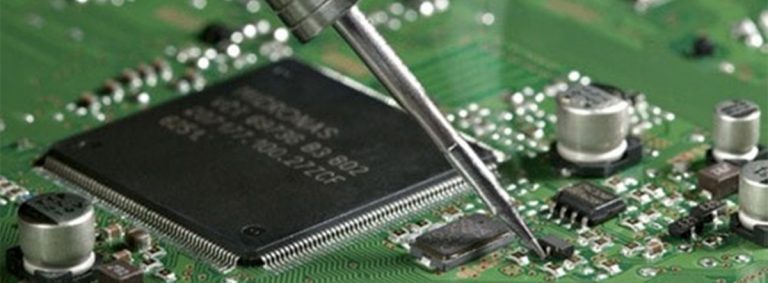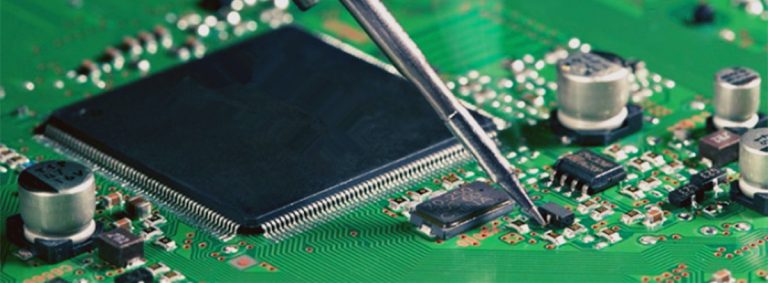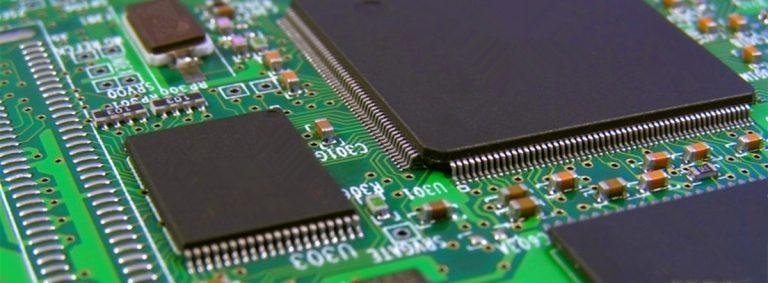How to Design The Vias in High-Speed PCB

How to Design The Vias in High-Speed PCB? Do the following as much as possible in the design:
1. Choose a reasonable size. For multi-layer general-density PCB design, it is better to use 0.25mm/0.51mm/0.91mm (drilled holes/pads/POWER isolation area) vias; for some high-density PCBs, 0.20mm/0.46 can also be used For vias of mm/0.86mm, you can also try non-through vias; for power or ground vias, you can consider using a larger size to reduce impedance;
2. The larger the POWER isolation area, the better, considering the via density on the 94v0 circuit board, generally D1=D2+0.41;
3. Try not to change the layers of the signal traces on the gold finger PCB, which means minimizing vias;
4. The use of a thinner USB PCB is conducive to reducing the two parasitic parameters of the visa.
5. The power and ground pins should be close to the vias. The shorter the lead between the vias and the pins, the better, because they will cause an increase in inductance. At the same time, the power and ground leads should be as thick as possible to reduce impedance;
6. Place some ground vias near the signal layer conversion vias to provide short-distance circuits for the signal. In addition, the length of the visa is also one of the main factors affecting the inductance of the visa. For the vias used for the top and bottom conduction, the via length is equal to the small circuit board thickness. Due to the continuous increase in the number of PCB layers, the thickness of the 2-layer PCB often reaches more than 5mm.
However, in the design of high-speed PCBs, in order to reduce the problems caused by vias, the length of vias is generally controlled within 2.0 mm. For through holes with a through hole length greater than 2.0 mm, by increasing the diameter of the through-hole, the continuity of the through-hole impedance can be improved to a certain extent. When the length of the through hole is less than or equal to 1.0 mm, the best through hole diameter is 0.20 mm-0.30 mm.







